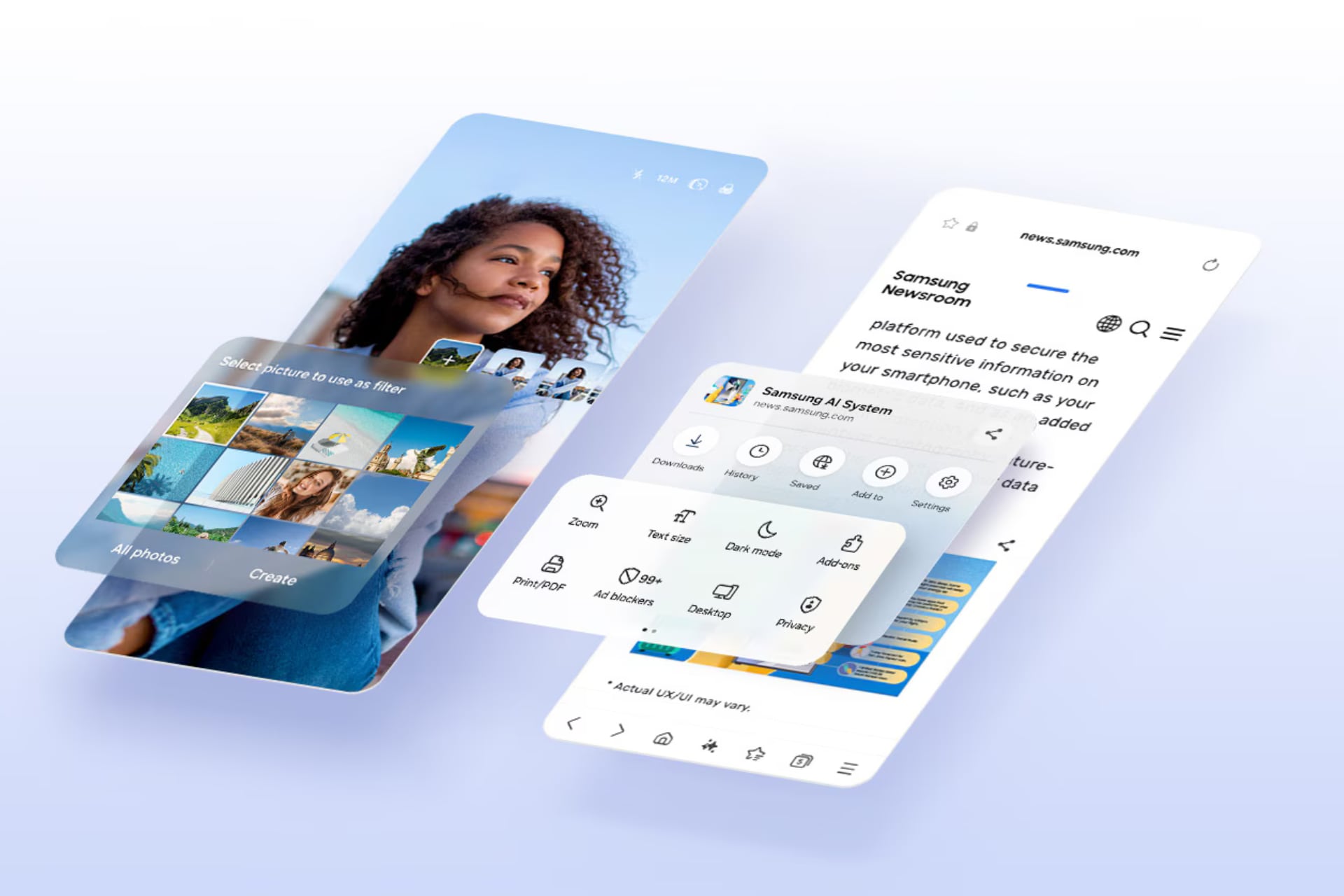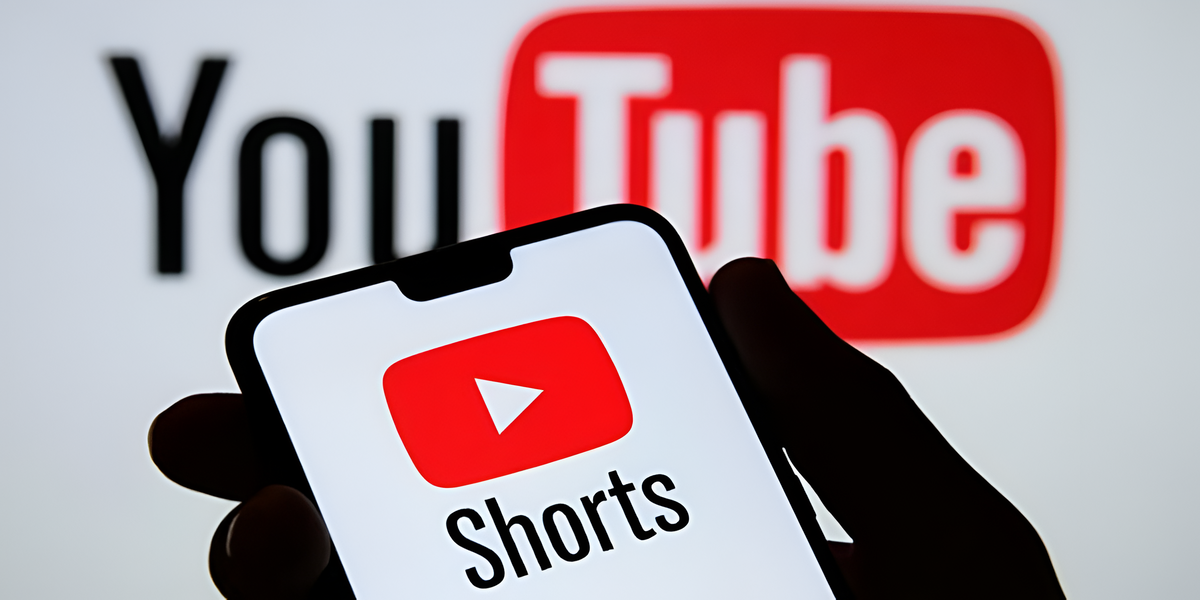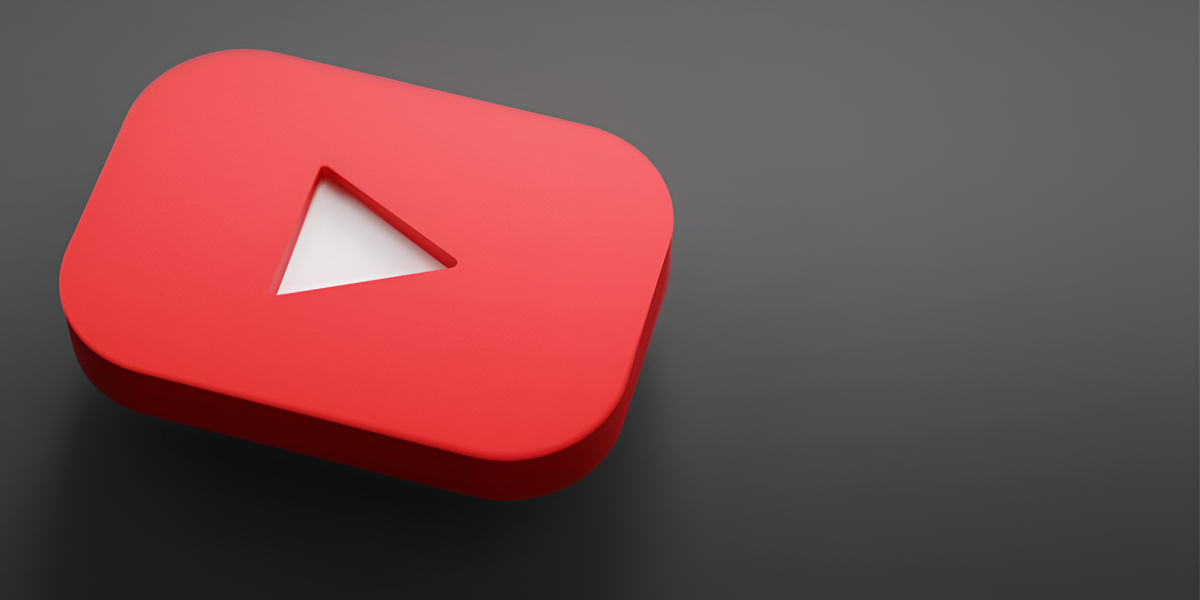According to the Health Informatics Institute, more than 100,000 of the more than three million apps for phones and other mobile devices (such as smartwatches) across platforms are for health and medicine.
Throughout this repository, some useful ones coexist with less efficient ones. However, its existence highlights the capacity of mobile applications to monitor and improve individual health, change habits, support the relationship between doctors and patients, monitor a disease or store important data for a diagnosis.
Five scientific studies in the past two months have focused on the potential of these tools to develop telephone systems or mobile devices to save lives or improve them.
“Current care protocol is not good enough to keep heart failure patients out of hospital” explains William Abraham of Ohio State University, who presented a voice analysis application for outpatients with heart failure at the European Society of Cardiology meeting in May.
“The tested system is capable of predicting 80% of the worsening in heart failure. Speech analysis, along with other clinical information, can be used to modify treatments before a patient’s condition worsens, thereby avoiding hospitalization.”
(You may be interested in: ‘Colombia ranks 28th in the world in mortality rate’: Ministry of Health).
In patients with heart failure, the heart cannot pump blood to the body as it should, and the kidneys cannot excrete fluids properly, excess fluid accumulates in the lungs or legs.
During the development of the app, 180 patients repeated five selected phrases every morning before breakfast. The system compares the logs with reference versions and alerts when it detects pulmonary congestion. As Abraham explains:The system provides a baseline for each patient during a period of stability and detects changes in speech over time that indicate the presence of fluid in the lungs.”.
This model complements heart rhythm monitoring with digital devices to detect asymptomatic arrhythmias. One-third of patients with atrial fibrillation have no symptoms, and early detection may allow appropriate treatment to reduce the risk of stroke. For this, there are electrocardiogram patches, smart watches, armbands, chest straps, rings, headphones, face sensors or fingertip applications.
“Before using a technology to monitor heart rate or rhythm, users should agree with their doctor about which device to use for how long and what to do if the device gives an alert,” warns Emma Svennberg of the Karolinska Institute in Stockholm. Author of a guide to devices for detecting and managing arrhythmias.
Researchers at the University of California, San Diego have developed a smartphone app to identify signs of Alzheimer’s, attention deficit hyperactivity disorder (ADHD), and other neurological disorders using close-ups of the eyes.
Introduced last May, the app is a student meter that uses a near-infrared camera built into new smartphones for facial recognition, as well as a traditional selfie camera to measure a person’s pupil size with pinpoint accuracy, thereby assessing a person’s cognitive status. , as this part of the eye enlarges when a person performs a difficult cognitive task or hears an unexpected sound.
(We recommend reading: Restricting abortion in the United States will increase the death rate: WHO).
The measurements produced by the phone can be compared to the measurements made with the traditional method, the pupillometer. Colin Barry, who stands out with his research, said, “This technology could bring neurological screening into homes outside of clinical laboratory settings. Opens the door to new smartphone apps to detect and monitor potential health issues”.
Jaundice is characterized by a yellowish discoloration of the skin, mucous membranes, or the whites of the eyes (sclera). It is common in newborns and is usually harmless. However, this bilirubin-induced change can affect the brain and cause death (114,000 newborns die each year worldwide), hearing loss, neurological disorders, and developmental delays (178,000 cases of disability per year). The key is early diagnosis, which is common in developed countries and forms part of pediatric protocols.
Terence Leung of University College London (UCL) developed the neoSCB smartphone app, which identifies severe jaundice in newborn babies by scanning their eyes. The system analyzes images taken with a smartphone camera to measure the jaundice of the sclera to enable early diagnosis of neonatal jaundice that requires treatment, more accurately than self-observation. It was effective in detecting 74 of the 79 cases identified in 336 newborns during the trial phases, only two less than those detected by the traditional transcutaneous bilirubinometry method.
(
The increase in opioid overdose cases detected by the Virginia UVA Health medical and academic center has prompted researchers from that institution to create the targeted app Hope (the Heal Overcome Persist Endure abbreviation for the Spanish name for hope). to provide vital support to patients.
Hope makes it easy to connect with professionals and connect with others affected to “share their experiences with people who understand the challenges you face” through anonymous messaging. Evidence published in Addiction Science and Clinical Practice and Patient Education and Counseling showed that a group of patients at high risk of dropping out of treatment programs stayed with them and kept them active for six months from the time they started using the app. even after finishing treatments.
Rebecca Dillingham, one of the developers of the app, explains:We relied on patients to design it, and it has helped create a welcome portal that facilitates continuity of care.”. A similar application, PositiveLinks, was developed for AIDS patients.
(You can read: The number of drug users has increased by 26% in the last ten years).
Both make it easy to monitor prescribed medications and patients’ moods. They also offer specific content for recovery and monitor the consumption of narcotic substances and the experiences of patients in the detoxification process. “We were able to use the data to provide more individualized care and meet the treatment needs of each patient enrolled in the program,” says Kelly Schorling, a social worker who works with Hope.
A study published in the Journal of Medical Internet Research demonstrates the eNutri app developed by human nutrition and biomedical engineering researchers at the University of Reading for healthier eating. Study participants improved their diets by 6% compared to the control group who only received the general guidelines and had no practice.
The eNutri model is based on the parameters of the Healthy eating score to assess intake of fruit, vegetables, whole grains, red and processed meat. The app recommends recommended eating habits for each user based on the score achieved.
Roz Fallaize, a dietitian and researcher in the Department of Food Sciences and Nutrition at the University of Reading, says the group that had access to automated and personalized nutritional recommendations “significantly improved diet quality.”
(You may also be interested in: Monkeypox transmission cases rise to 3,413).
In that sense, he says: “There is increasing interest in nutrition apps and web services, but many commercial applications tend to focus on weight loss or calorie counting rather than healthy eating.”
Nation (SEE – Argentina)
Source: Exame













